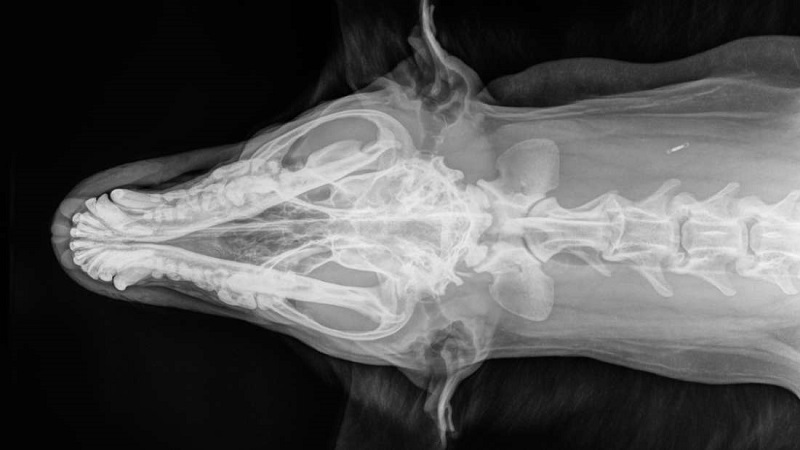New research suggests that dogs can process numbers using a similar part of their brains as human beings. Such sensitivity to numbers is called numerosity and has been seen across many animals.
Researchers from Emory University have now found that the parietotemporal cortex activates in dogs and humans when they see numbers. This similarity demonstrates a common neural mechanism for counting in both species.
Dogs Can Process Numbers

In like manner, the researchers discovered that the parts of our brains involved in numerosity have been maintained since dogs and humans took different evolutionary paths 100 million years ago. But how did the research team find out this?
“Our work not only shows that dogs use a similar part of their brain to process numbers of objects as humans do. It shows that they don’t need to be trained to do it,” said Gregory Berns.
He is the professor of psychology and senior author of the study. Gregory Berns is also the founder of The Dog Project, an organization that trains dogs to enter fMRI without restraint or sedation.
To sum up, the researchers placed 11 specially trained dogs of varying breeds in functional magnetic resonance imaging (fMRI) scanners. It is important to mention that none of those canine mammals have received training in numerosity.
Eight dogs shared numerosity

For this reason, the research team noticed how the dogs’ brains responded to observing various numbers of dots on a screen. Eight of the dogs showed a better activation in the parietotemporal cortex.
“We went right to the source, observing the dogs’ brains. We got a direct understanding of what their neurons were doing when the dogs viewed varying quantities of dots.
That allowed us to bypass the weaknesses of previous behavioral studies of dogs and some other species,” added cognitive psychologist Lauren Aulet.
And so the dogs presented some of the “strongest evidence yet that numerosity is a shared neural mechanism” dating back millions of years. But their brains didn’t respond in the same way all the time.
Dogs can perceive numbers without human training

Tadeusz Lakota from Unsplash
It happened only when the size and positions of the dots changed and the ratio remained the same. This shows that the canines were responding only to a difference in quantity. The activated brain regions were similar to those seen when primates process amounts.
Although past research has shown dogs can count up to five, this new research confirms a more interesting theory. It seems that our beloved dogs can perceive numerical amounts, without human training.
“Our findings suggest that the ability to represent numerosity and the mechanisms supporting this system are deeply conserved over evolutionary time. Perhaps it is owing to a role in foraging or predation,” the researchers deduced.












































